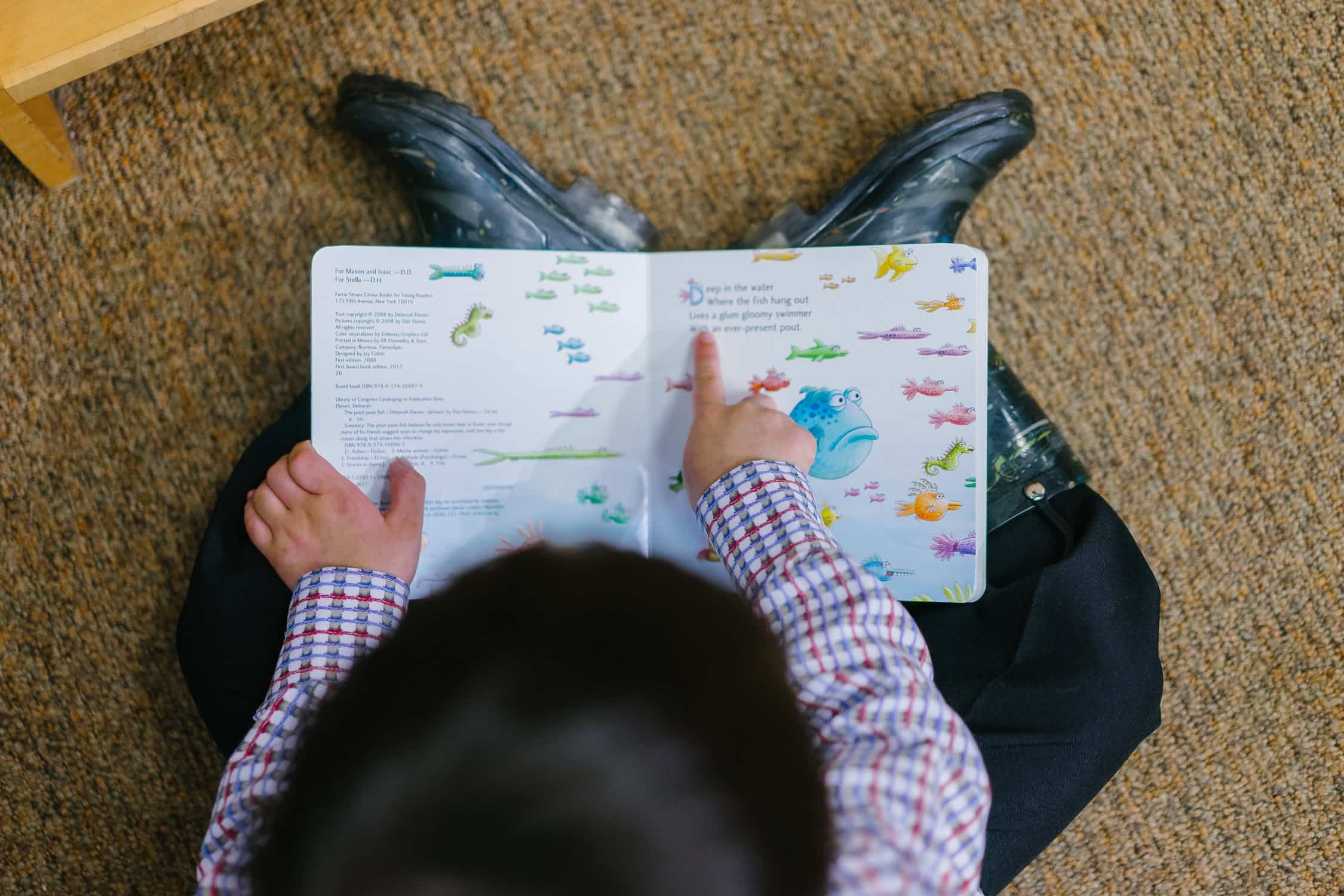What's next?
Interested?
Leave your details here.
ESTABLISHING GOAL-ORIENTAL MINDSET IN YOUR CHILDREN

As a parent, you might feel frustrated and disappointed when your children do not put in the effort to complete a certain task. They may give up halfway through, failing to complete what they had already begun. To nip this problem in the bud, we as parents can teach our children a goal-oriented mindset and encourage them to take one step at a time. Here are some insights that you can use to expose your children to the concept of establishing goals and becoming goal-oriented.
Consider this simple scenario. Your children have a big project due in two weeks. You sit down with them to talk about how long it will take, how many days they will have to work on it and the best approach to get it done effectively. Then, you check in with them to make sure they are on the right track. Providing such support and guidance will give our children the chance to develop their own confidence and self-esteem while letting them learn their own lessons through experience, thereby putting them on the path to success. This is an example of how we can encourage our children to have a goal-oriented mindset.
Based on this scenario, below are some guidance on what parents can do to encourage children to develop a goal-oriented mindset.
- Ask them to think about and set a goal.
Explain to them that having a goal is important as it can give a clear sense of direction. Guide them to develop their goal using the S.M.A.R.T. technique, which stands for Specific, Measurable, Attainable, Relevant and Time-Bound. Get them to write the goal down on a piece of paper.
- Communicate about the goal and let the children develop their process.
After setting the initial goal, ask them to think through all of the steps to get there, including the tools and resources needed as well as the areas they will need help in. Then, let them know the limitations and boundaries of these steps. When we allow children the opportunity to develop their own processes, they will realise what works for them by trial and error. As they explore options and solutions, they will gain physical, spatial and mental awareness, allowing them to understand how they fit into their surroundings.
- Monitor the progress of your children’s goal.
You can check their progress and help them to stay on track. Remember to not offer help without a plan. Our children understand that we can help them, but they must first consider their options and determine exactly what they need before asking us. Let them choose what’s best for them and what they want to achieve. Then you can help them make a plan as some goals still require more input from parents.
- Applaud the Effort
As your children begin to set goals and work towards them, don’t forget to compliment them! Children need encouragement from parents so they can remain motivated and continue doing what they are currently doing right. For instance, say something like, “I’m really impressed with how much you’ve progressed”. Keep in mind that children are just like adults, they too struggle at times, so encouragement from parents is important to ease the process.

